Help us plant ginsengPlanting ginseng (Panax ginseng) is a rewarding yet challenging task, as it requires specific conditions
Help us plant ginseng
Planting ginseng (Panax ginseng) is a rewarding yet challenging task, as it requires specific conditions and care. Here’s a detailed guide on how to plant and cultivate ginseng:
1. Choose the Right Location
- Shade: Ginseng naturally grows in shaded forest environments. It requires about 70-80% shade, which can be provided by a canopy of trees or artificial shading.
- Soil: The soil should be well-draining, loose, and rich in organic matter. A pH level between 5.5 and 6.5 is ideal.
- Slope: A gentle slope helps with drainage and reduces the risk of waterlogging.
2. Prepare the Soil
- Clear the Area: Remove any weeds, debris, and rocks from the planting area.
- Amend the Soil: Add compost or well-rotted leaf litter to improve soil fertility and structure.
- Test the Soil: Conduct a soil test to determine its pH and nutrient content. Adjust as necessary with lime or sulfur for pH and fertilizers for nutrients.
3. Source High-Quality Seeds or Roots
- Seeds: Ginseng seeds are typically stratified (cold-treated) to break dormancy. You can purchase stratified seeds from reputable suppliers.
- Roots: For faster growth, consider planting small ginseng roots (seedlings) instead of seeds. These can also be sourced from reliable nurseries.
4. Planting
- Timing: Plant seeds in the fall, as this mimics natural conditions and allows them to overwinter. Seedlings can be planted in the spring or fall.
- Depth and Spacing: Plant seeds about 1/4 to 1/2 inch deep and space them 4 to 6 inches apart. For seedlings, dig holes about 2 to 3 inches deep and 6 to 8 inches apart.
- Mulch: Apply a layer of mulch (e.g., leaf litter or straw) to help retain moisture, suppress weeds, and regulate soil temperature.
5. Watering and Care
- Watering: Keep the soil consistently moist but not waterlogged. Water deeply and infrequently to encourage root development.
- Weeding: Regularly remove weeds to reduce competition for nutrients and water.
- Pest and Disease Management: Monitor for common pests like slugs and diseases like root rot. Use organic methods such as neem oil or copper fungicides if necessary.
6. Harvesting
- Timing: Ginseng roots are typically ready for harvest after 3 to 5 years, depending on the desired size and quality.
- Technique: Carefully dig around the roots to avoid damaging them. Gently lift the roots from the soil.
- Post-Harvest: Clean the roots by washing off excess soil and allow them to dry in a well-ventilated area away from direct sunlight.
7. Storage and Use
- Drying: Dry the roots thoroughly to prevent mold and spoilage. This can take several weeks.
- Storage: Store dried ginseng roots in a cool, dry place in an airtight container.
- Usage: Ginseng can be used in teas, supplements, and traditional remedies. Consult a healthcare provider before using ginseng for medicinal purposes.
Additional Tips
- Patience: Ginseng is a slow-growing plant. Be patient and consistent in your care.
- Legal Considerations: Check local regulations regarding the cultivation and sale of ginseng, as it may be protected in some areas.
- Record Keeping: Keep records of planting dates, care practices, and observations to improve future growing seasons.
By following these steps, you can successfully grow and harvest ginseng, enjoying its benefits and the satisfaction of cultivating this valuable herb.
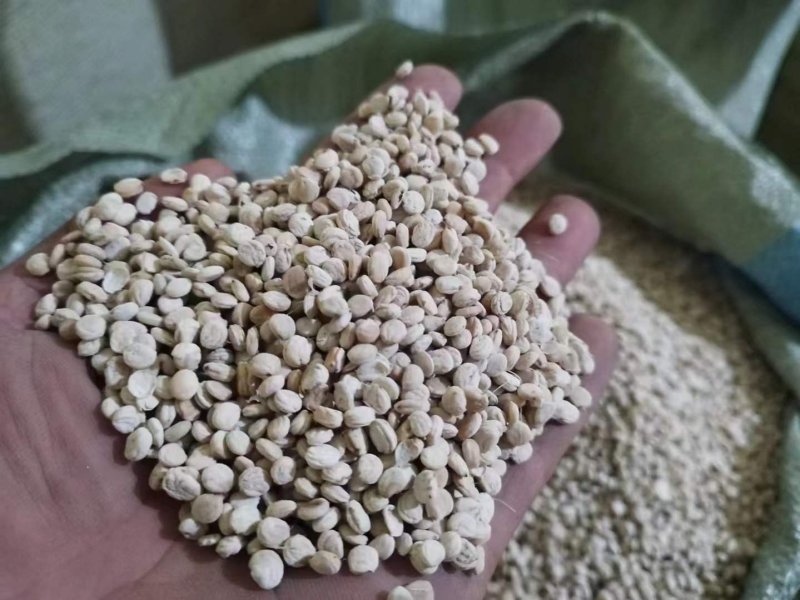
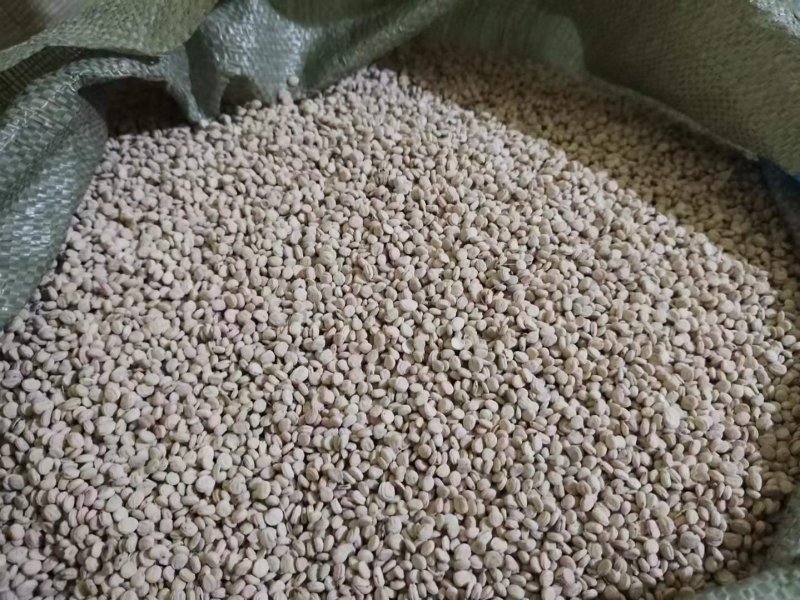
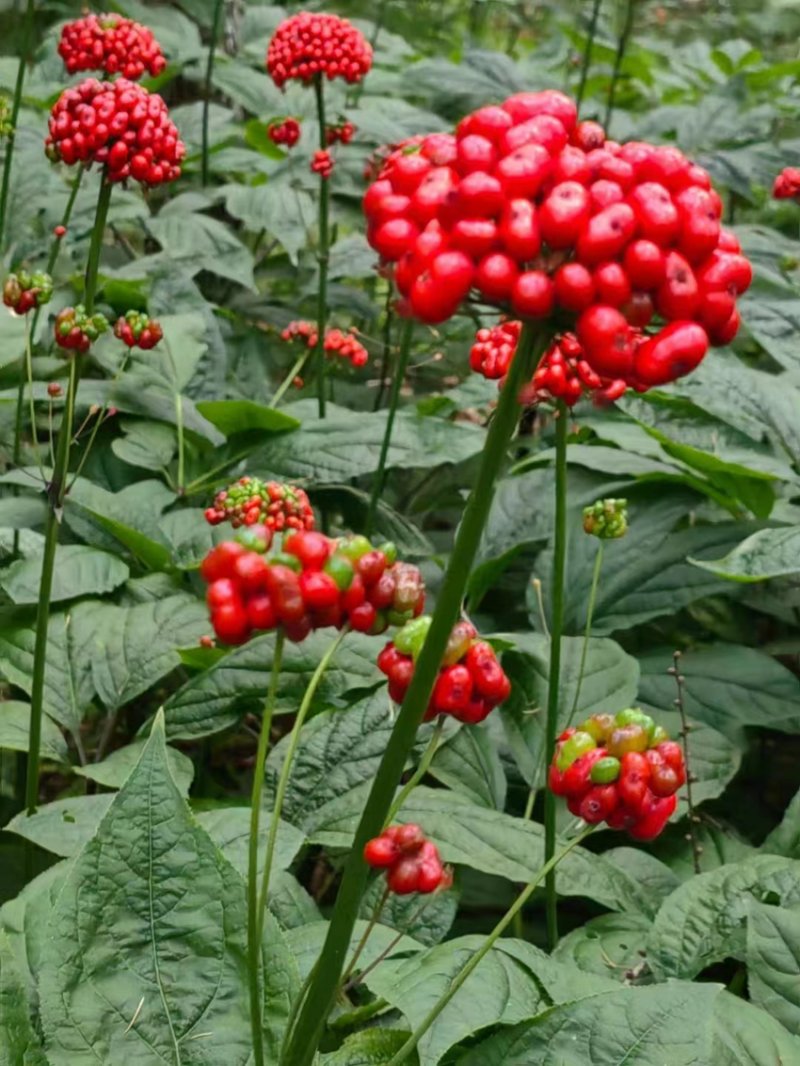
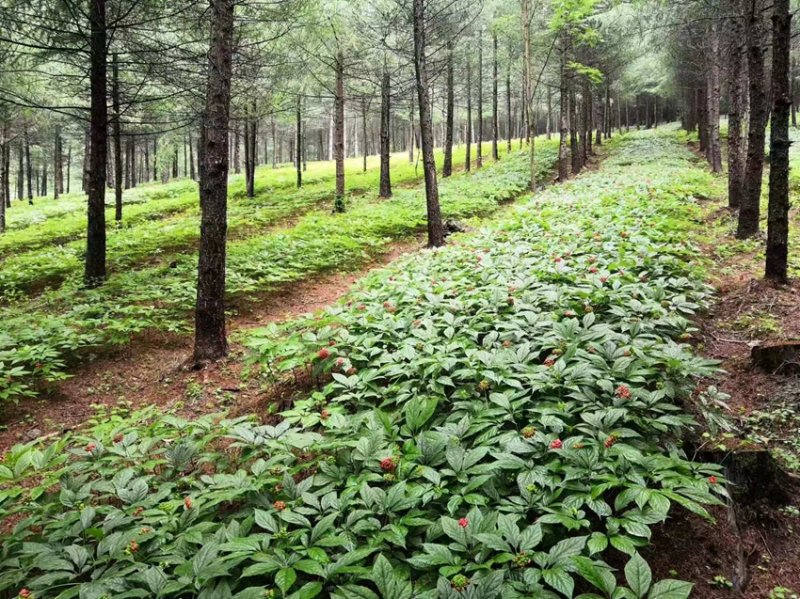
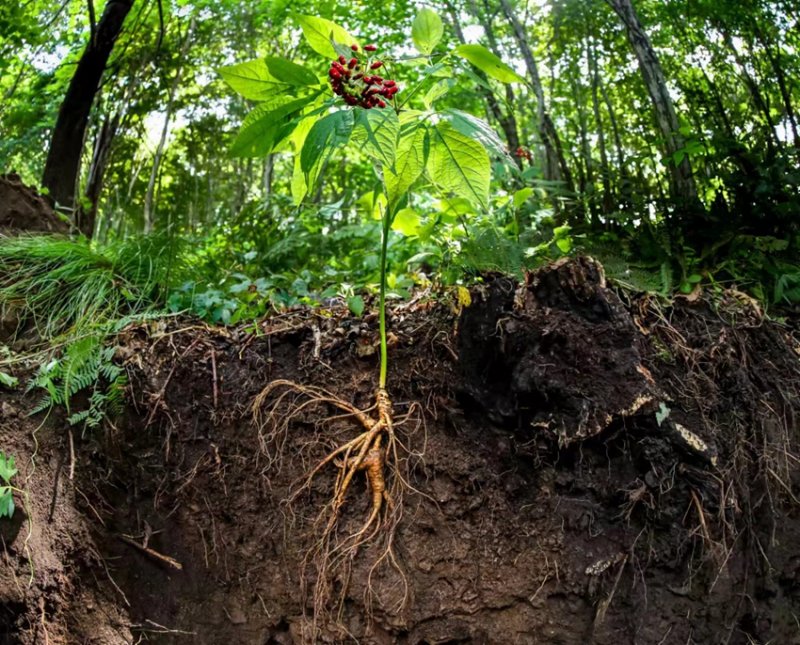
品名:人參種子
高度:50~100cm
特點:藥性好,容易種植,適應性強。
種植量:0.5~1kg/畝
種植期:春秋/視地區
適播地:排水通暢,光照充足,不挑土壤。
供應規格:全新種子
